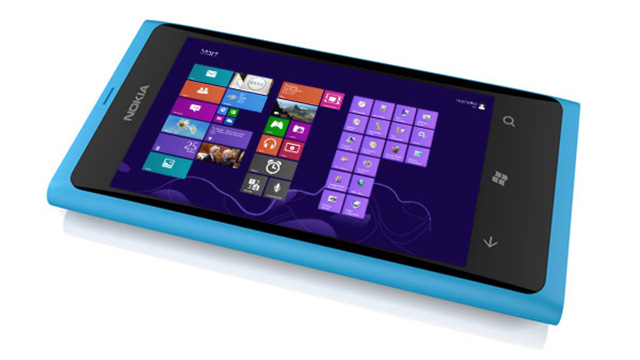
It probably won't look like this.
A well-connected but regularly erroneous publication is reporting that Microsoft is developing Windows Blue as a project that will merge desktop Windows with Windows Phone.
So far so good. Windows 8 and Windows Phone 8 already share lots of bits and pieces. The kernel is the same across both platforms, big chunks of code like Direct3D and .NET are identical, and there are some pieces of the new WinRT API also common to both.
There's also been a leaked, new Windows build that adds onto Windows 8 but makes multitasking more versatile, and makes the touch-first, Metro environment more expansive. Later builds contain "Windows 8.1" branding, which would make sense for a minor release that's generally expected to ship late this year.
But here's where the Digitimes rumor gets interesting. The prevailing assumption is that these two things are one and the same: that Windows Blue, which will bring phone, desktop, and tablet together, and Windows 8.1, are the same thing. In this world, Blue is simply a codename for 8.1.
Digitimes says that this is not, in fact, the case. It reports that Blue is an "independent project" with its own developer team, and that the release due this year is "another operating system."
Long-time Microsoft-watcher Paul Thurrott—also well-connected—has written that the Digitimes report is wishful thinking and that Microsoft has no plans to merge the two. Thurrott believes Windows Blue is just the 8.1 release. He also notes that Windows Phone 8 is already "merged" insofar as it shares a kernel, security, networking, "and many other features."
It's possible that both parties are, more or less, correct. With Windows Phone using many of the same core parts as Windows 8, it wouldn't be at all surprising if it went on to pick up more and more of Windows 8's capabilities as time goes on.
There doesn't need to be an explicit, single-purpose project to merge the two, because as Thurrott points out, the fundamental elements of that merger have already taken place. The Windows Phone 8 team has a menu of functionality that it can take from Windows 8. As it expands the capabilities of the smartphone platform, it's likely that it'll pick up more and more of those Windows 8 components.
The noise at this point about a Windows 8 update that will arrive some time later this year—Digitimes suggests October, which would feel about right—is too hard to ignore. The Windows 8.1 builds that people have seen appear to be working toward this outcome.
This version is probably being developed under the "Blue" codename. Thurrott says that a bunch of other products have their own "Blue" codenames, too, with Microsoft intending to release a whole range of "Blue" products. He even says that Windows Phone has its own "Blue."
As for an explicit project to merge the two? Digitimes says there is one. Thurrott says there isn't. I say there has to be, in some form or another, and would be worried if there weren't. The entire premise of Windows Phone 8 was that it brought Microsoft's Windows NT investment to the phone platform. That investment only begins to have value if Microsoft unifies; if Microsoft offers developers the same environment and tooling across phone and tablet, and if the company gives users the same interface and conventions across the phone and tablet.
This doesn't mean that at some point in the future you'll be able to download a copy of Windows 10 and just install it to your phone. But it does mean that the differences, both for developers and users, will be diminished with each new version. There will still be some differences, due if nothing else to the wildly different screen sizes that the various operating systems must support. But when it makes sense to do things the same way, they will be done the same way.
If Microsoft doesn't have a team working to ensure the two products undergo a convergent evolution where it makes sense and eliminate gratuitous differences, one struggles to see how the company's partial unification makes any sense.
No comments:
Post a Comment